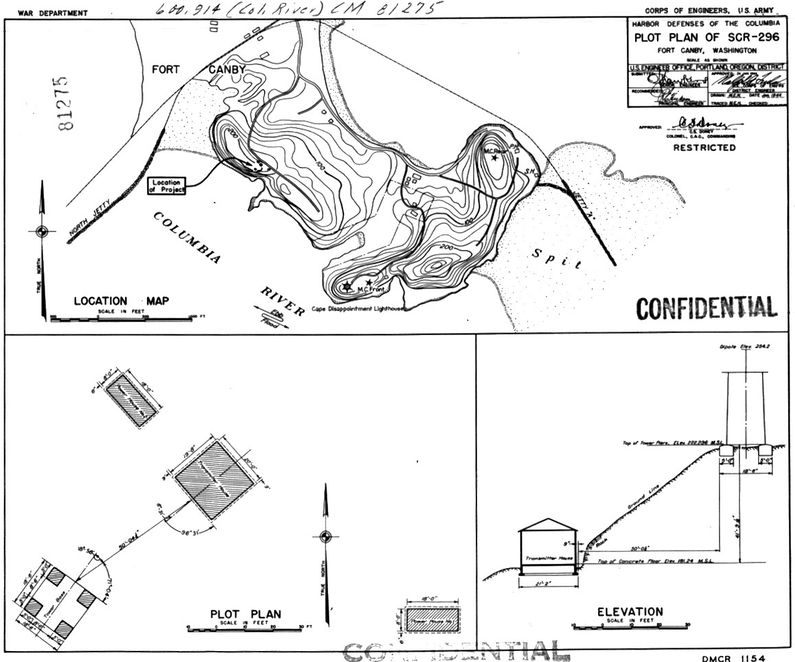Fort Canby WWII Radar Site
|
Fort Canby WWII Radar Site (1943-1946) - A World War II U.S. Army Radar Site established in 1943. Used to provide fire control information to large caliber (6" and above) coastal gun batteries in the Harbor Defense of the Columbia against enemy warships. Located on Fort Canby, Pacific County, Washington. Closed in 1946.
HistoryPart of the Harbor Defense of the Columbia.
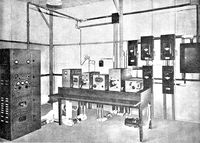 Constructed under project No. RAD 9-1012 and transferred for use on 1 Apr 1943 as Fort Canby Radar Site. Construction costs to date of transfer were $7,974.37. The physical plant consisted of a transmitter building, two powerhouses each with a 1000 gallon fuel tank, a 25' steel tower and an antenna housing disguised as a water tank atop the tower. The three buildings and the tower were prefabricated steel units furnished by the Signal Corps. The buildings and the tower were placed on concrete pads and footings installed by the Corps of Engineers who erected all of the structures. Access to the antenna on top of the tower was by a small hoist operated by an electric motor. The engineering construction work was done by government forces who started on 9 Jul 1942 and finished on 31 Jan 1943. The radar equipment was installed by the Signal Corps. It required 16.3kW of 120/240 AC, 1 phase, 60 cycle power furnished by commercial power backed up by the two on-site generators. The two 25 kW generators were furnished and installed by the Signal Corps. The commercial electrical power furnished under the initial project proved inadequate to power the radar site which required 16 kW for the radar equipment. A supplement to the initial project added an electrical pole line from the base commercial power lines to the radar site electrical switching mechanism. This was described as 800' of pole line and 150' of underground cable. The pole line carried 2300 volts, single phase, over No. 6 bare hard drawn cable to a 15 KVA transformer at the end of the pole line. From the transformer 110 volts, single phase was carried underground on two No. 4 lead covered cables into the transmitter building. The supplemental power project cost $1,814.23 as of the date of transfer on 21 Jun 1944. 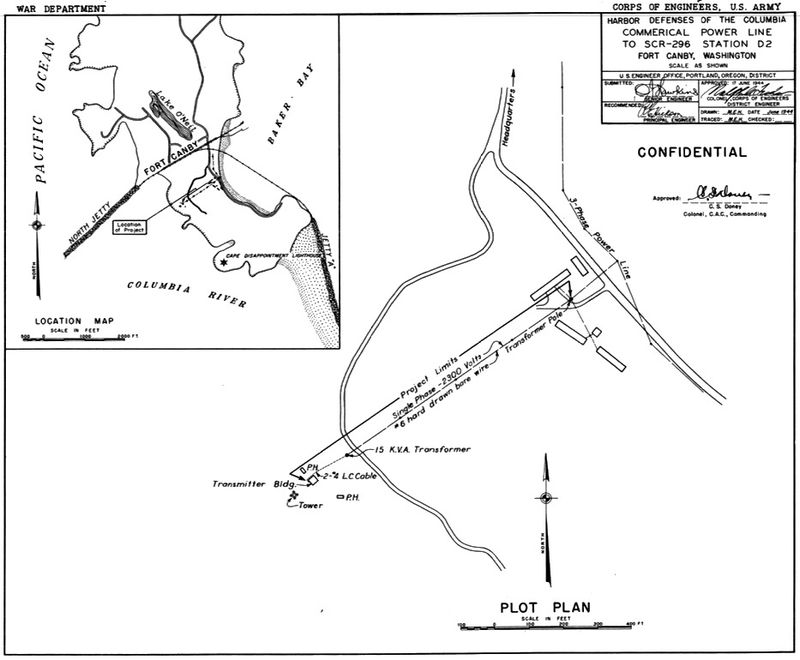 The drawings for the supplemental power project show a small cluster of buildings attached to the new pole line near where it connects to the main post power line. This may have been the cantonment area for the radar site.
Site Operation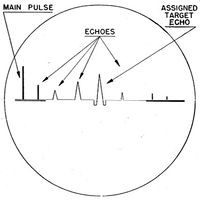 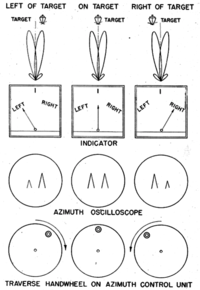 In operation, the SCR-296-A radar could only track one target at a time. Target assignments were made from the harbor HECP/HDCP command posts by telephone, citing the approximate range and azimuth of the target using the SCR-582/SCR-682 search radar and/or optical spotters. The SCR-296-A radar operators would then find the target and pass the precise range and azimuth to the plotting room at the gun battery by phone. Two operators were required, one for the range position and one for the azimuth position. The radar operators would continue to track the target and update the plotting room as the range and azimuth changed. Once the shore battery fired, the SCR-296-A could detect the water splashes of near misses and provide adjusting information by voice commands such as "300 short" or "500 long". 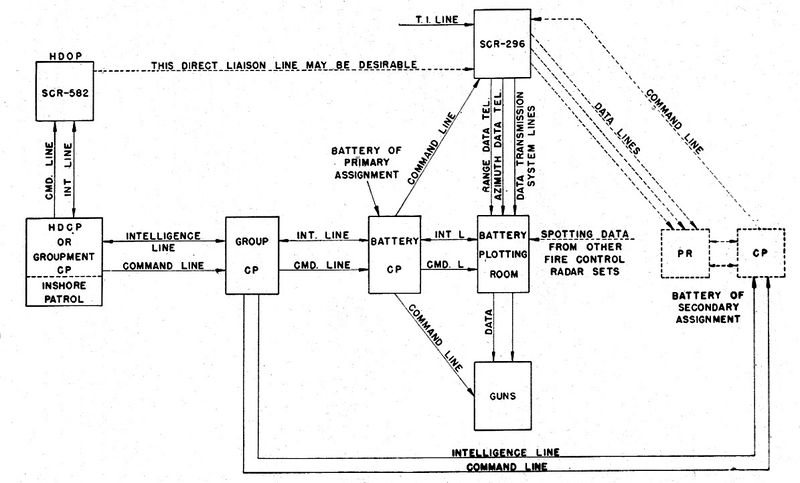 In operation, the range accuracy was about ± 30 yards while azimuth accuracy was about ± 0.20 degree under the best conditions. The set had a dependable range of 20,000 yards on a destroyer size target when properly sited between 150 to 500 feet above sea level. The operating crew consisted of 5 men plus a power plant operator and radar maintenance man. The Radar track data for this site was provided by telephone to Battery 247 as the primary battery and to secondary batteries including Battery 245 and Battery 246. Battery 247 was a 6" gun battery located on Fort Canby. The SCR-296-A Radar equipment was declared obsolete by AG letter on 17 Jan 1946. The Tower and radar equipment were to be disposed of while the buildings were to be retained.
ClosureClosed in 1946. Current StatusNo visible remains.
See Also: Sources:
Links: Fortification ID:
Visited: No
| |||||||
